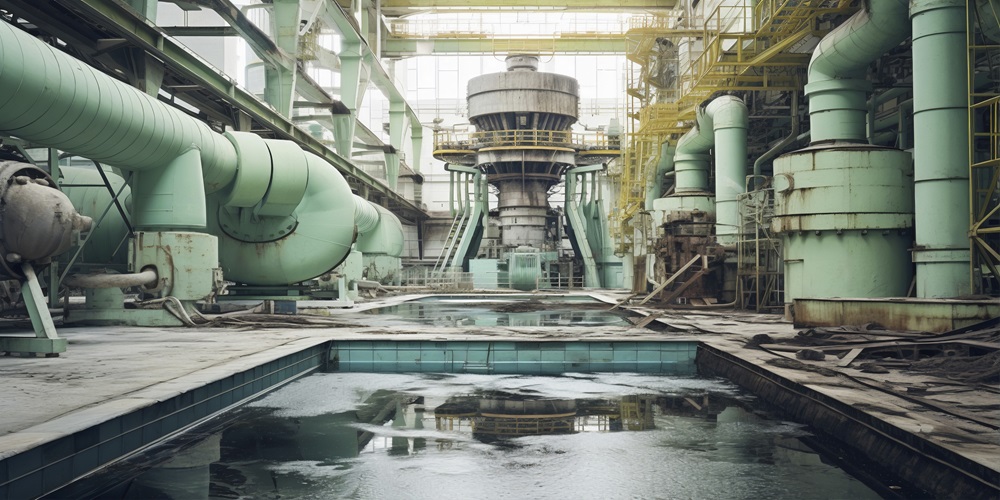Many people overlook septic tank sludge in wastewater management. Septic systems are the future waste disposal method. Septic systems may use probiotic biological maintenance or digestion treatment that is why you need a professional septic system service. Septic tank sizes and capacities differ. Your ideal size will depend on your budget and the waste you treat.

Where does the waste sludge go?
The sludge undergoes several treatment processes to neutralize the toxic components and make it environmentally safe. Standard disposal methods are:
- Wastewater treatment plants
Municipalities transport sludge from septic tanks to centralized treatment plants, where further processing occurs. The municipal treatment facilities utilize advanced technologies to neutralize toxic sludge and wastewater efficiently.
The treatment process involves anaerobic digestion. Afterward, dewatering takes place before composting action.
Anaerobic digestion involves microbial activity which decomposes organic matter. The decomposition process yields biogas.
- Land application
In rural areas, farmers use treated sludge as fertilizer. The sludge supplements soil fertility and boosts crop growth.
However, strict regulations govern the protection of water sources from contamination, ensuring public health and safety, Using proper techniques, and following compliance guidelines to prevent environmental risks.
- Composting
Composting stations are equipped with specific technology which treats septic tank sludge and turns it into fertilizer suitable for landscaping proposals. During the crowned by refined procedures, the organic matters from the sewage tanks undergo degradation step which ultimately results in transformation of the waste into a nutrient-rich compound. This ecological alternative to soil stabilization not only significantly lessens the volume of waste by its decomposability but also ensures that the final product is useful in enhancing soil fertility and giving support to plant growth. Composting sludge that comes from septic tanks is an effective way to dispose of that waste preventing trash in landfills while, at the same time, making a product that gardening and farming can use.
- Onsite treatment systems
The use of onsite treatment systems to manage sludge independently is gaining popularity. Biological filters and aerobic digesters increase sludge decomposition within your property boundaries. Moreover, onsite treatment systems offer autonomy and convenience.
The systems need regular monitoring and maintenance to ensure effectiveness and mitigate environmental harm.
Regulatory compliance and environmental considerations
Sludge disposal has an has an environmental impact.
Improper sludge disposal degrades the soil and even contaminates your groundwater. Therefore, improper sled disposal generates significant environmental risks. Observe environmental regulations strictly to protect ecosystems and public health.
Regulatory oversight
Government oversight agencies like the EPA enforce strict regulations for operating septic systems and sludge disposal. The regulations minimize environmental harm while promoting sustainable waste management practices.
As a homeowner, you contribute to creating a healthier and cleaner environment. Proper disposal ensures that you live in a thriving community with minimal health problems.
Conclusion
Septic tank sludge passes through several processes, from accumulation to disposal. Municipal facilities, onsite treatment systems, and land applications help manage sludge responsibly. However, vigilance is needed to protect public health and the ecosystem. Contact septic tank professionals to foster environmental stewardship.

